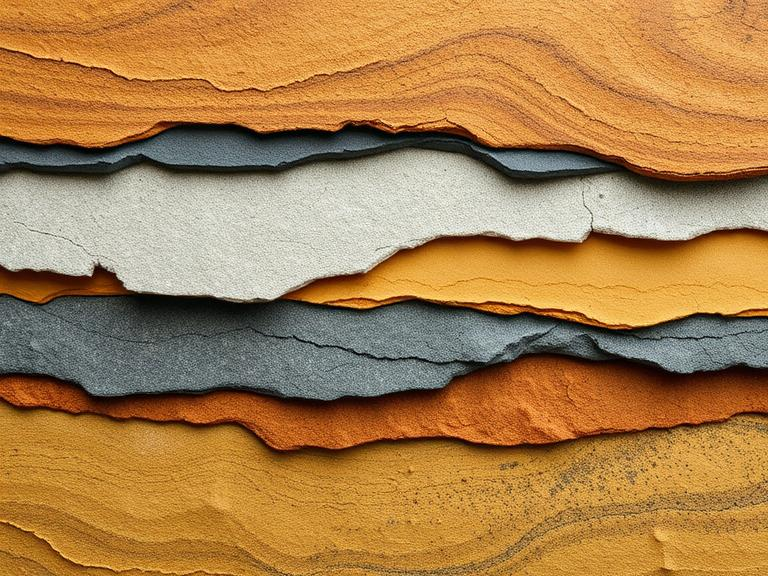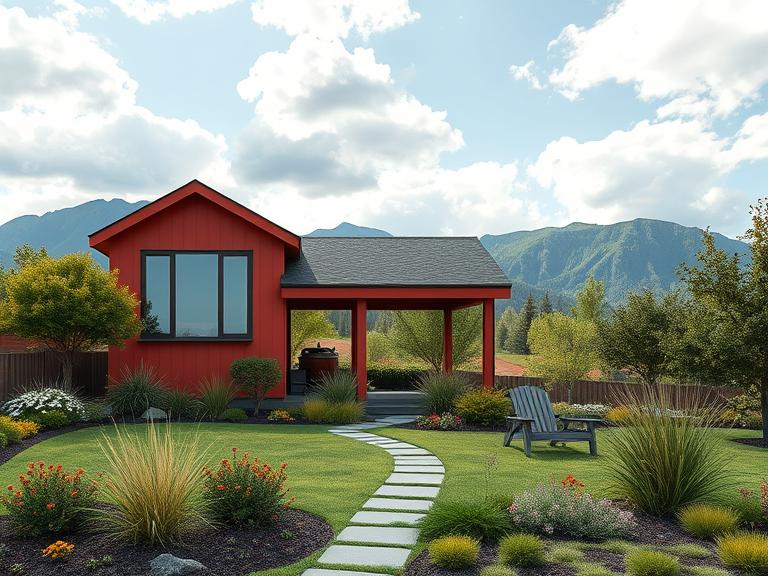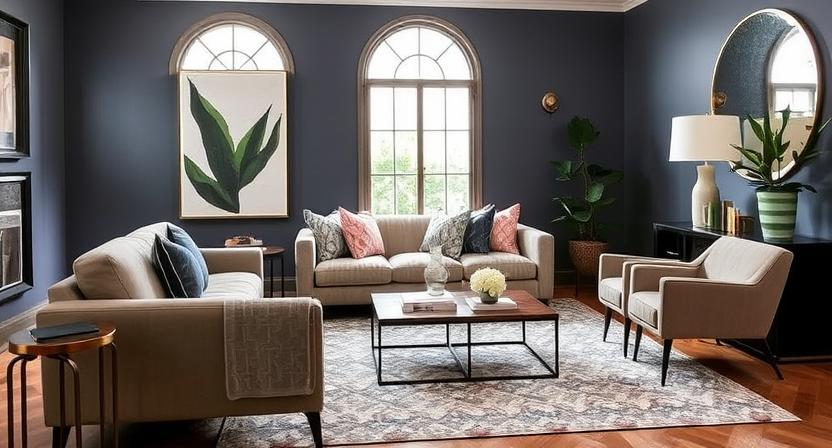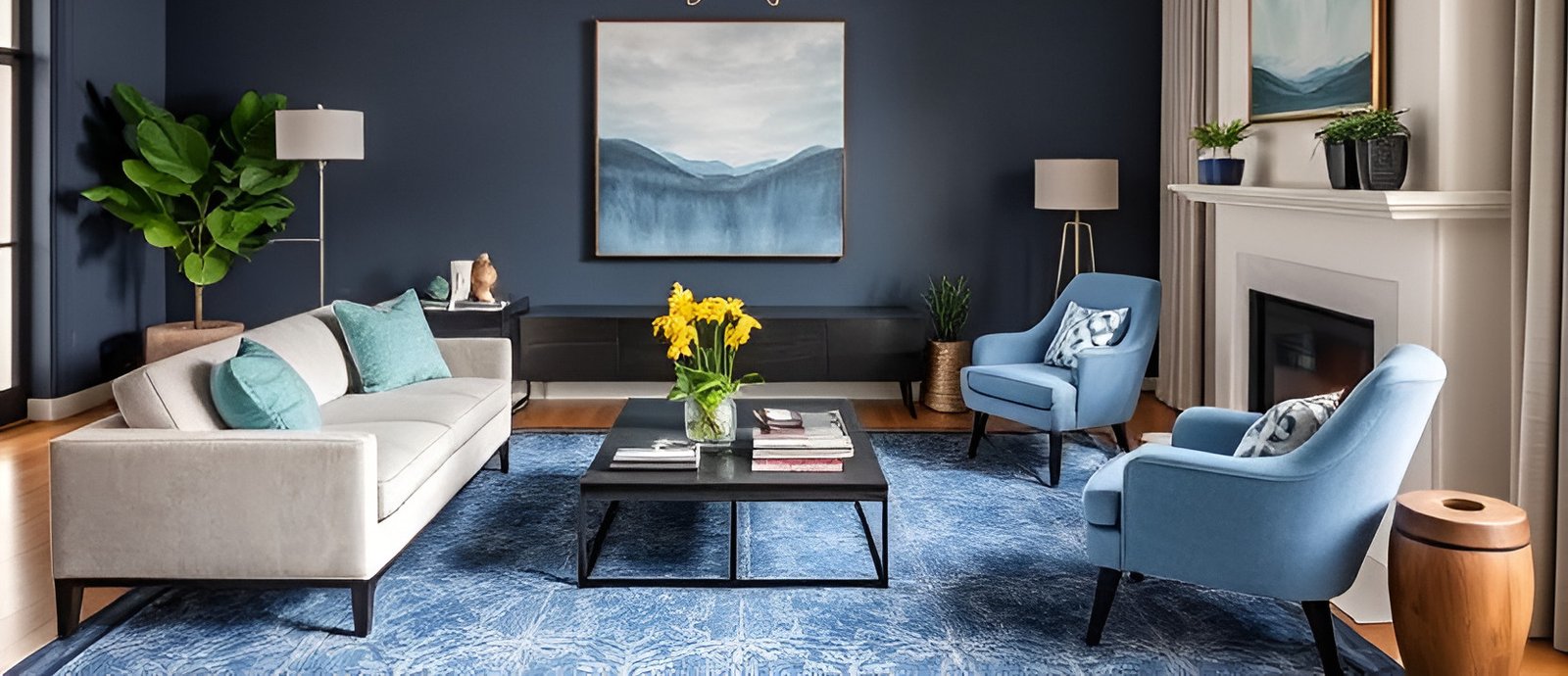Start with a Good Base
The first step in layering in the style is to create a strong base. Neutral furniture; plain wall treatment; natural-flooring serve as an all-purpose foundation for any room. Flexibility is now created in introducing other elements, so that balance is retained. Above all, a neutral backdrop fosters creativity in employing bolder textures, colors, and patterns on top in layers.
Layering with Textures
One of the greatest ways to actually add depth is to layer textures. Soft textiles like velvet cushions, linen throws, or thick rugs should be layered over harder elements of wood, glass, or metals. This gives a tactile contrast that increases complexity and comfort. Mixing different textures makes the design feel richer with warmth and intrigue.
Color, Contrast, and Layers
Layering colors give life and dimension to a room. Start with neutral palettes for flooring and wall treatments, and layer contrasting colors through different pieces of furniture, décor, and accessories. Darker shades on the floor or large items like couches or tables add depth; light, bright colors in smaller accessories such as pillows or curtains even things out in contrast. Blending light and dark create visual contrast that keeps the room from appearing flat or dull.
Patterns for the Windows
Patterns are another great means of adding depth and interest to a room. Layering throws over sofa patterns, stripes over floral carpets, or geometric patterns will make all the difference in breaking monotony. Just make sure the different patterns are of contrasting scales and colors to maintain a fine line between harmony and chaos. A bold rug layered with subdued, smaller patterns on throw pillows will complement each other beautifully without stealing the limelight.
Experiment with Lighting
Lighting provides an essential quality for depth and ambiance to any space. Instead of depending on a single source of overhead light, use multiple layers of lighting with different types of fixtures. Task lighting from lamps may provide a spotlight effect in some areas of a room. Ambient lighting creates a warm glow: pendant lights or ceiling fixtures do this role superbly. Accent lighting provides a counterpoint of interest by creating dimension and shadows: sconces or candles do a great job here. The juxtaposition of these different types of light sources creates a rich three-dimensional effect that welcomes and activates the space.


Furniture Proportions and Scale
Depth isn’t just about layering for textures and colors; it’s also about the scale and proportion of furniture and décor. Huge items such as a couch along with small accents such as side tables or chairs achieve balance and dimension. Besides, height variations between furniture and décor create a visual system to direct attention around the space. Tall bookshelves or windows will draw attention upward while low pieces like coffee tables will create horizontality within the setting.
Natural Elements
Using natural material in your space provides texture and visual depth. Wooden chairs, stone tops, or woven baskets confer an earthy aura, giving some balance to the room’s more modern aspects. Another wonderful way to stretch some vertical depth into the room is using plants. Large plants can act as serious focal points, while smaller potted plants or floral décor can do wonders in introducing layers of color and texture.
Accessories
Once you’ve established a strong geometric foundation within the furniture and textures, you add depth with décor. Layerable decorative accessories, such as throw pillows, blankets, vases, artwork, and books, add personality and interest to any space. Consider the sizes and heights of your décor to maintain a picturesque balance and add dynamism to the room. Avoid giving surfaces a crowded look; allow some freedom for the eye to wander around and rest on varied layering techniques in the room.
Vertical and Horizontal Layers
Remember that the concept of layering your space applies horizontally and vertically. Tall units, such as bookcases and artwork on the walls, pull the eye up and carve out a sense of height; horizontal units, such as a long sofa or coffee table, anchor the room and give a sense of breadth. By playing both ways, you would bring a certain depth that makes the room all the more appealing and inviting.

Final Thoughts
Layering is all about putting elements together in such a way that the space begins to look richer and welcoming. Textures, colors, lights, and décor get layered over each other to give life to a living space that feels dynamic and warm, crowded yet open, and most importantly- full of character. The idea is to work with all elements and give each layer some prominence to ensure that the room feels integrated and interesting at the same time. With aware layering, your living space will become a mirror of your character and your aesthetic.
